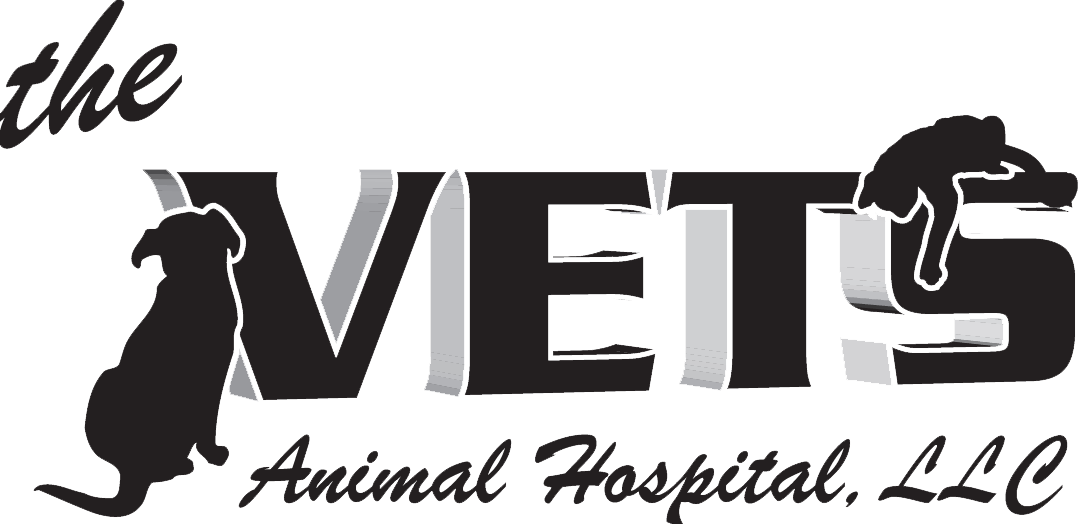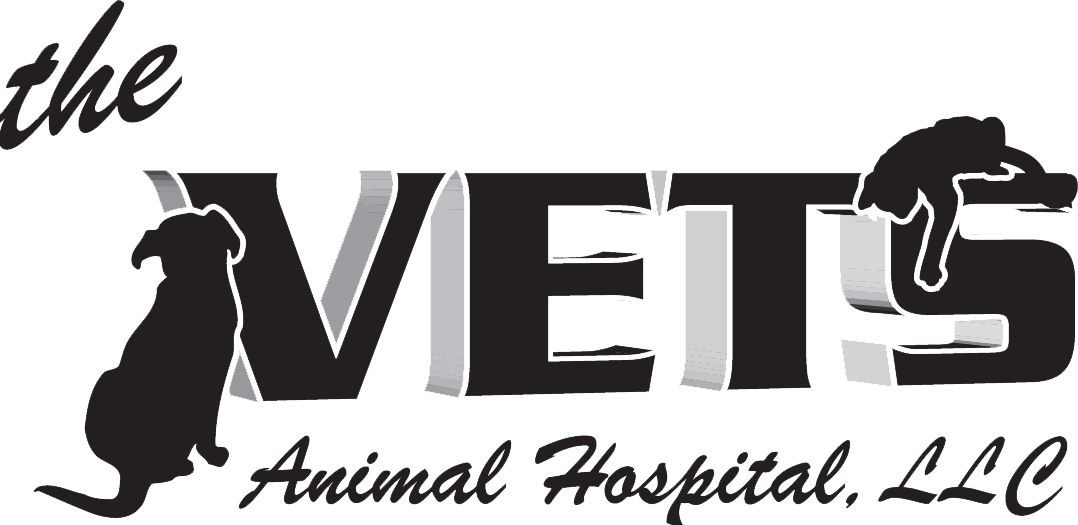Dog: Poop Eating (Coprophagia)
Nobody knows for sure why dogs eat poop, but we do know it’s a common and natural behavior in dogs (and many other species). Scientists think the practice originated as a way to keep the den area free of parasites and avoid attracting other predators.

